Vietnam's manufacturing sector recorded growth for the second consecutive month. However, the growth rate slowed compared to the previous month.
The Vietnam Manufacturing Purchasing Managers’ Index (PMI) remained above the 50-point threshold in November, indicating that business conditions improved for the second consecutive month after a deterioration due to Typhoon Yagi in September.
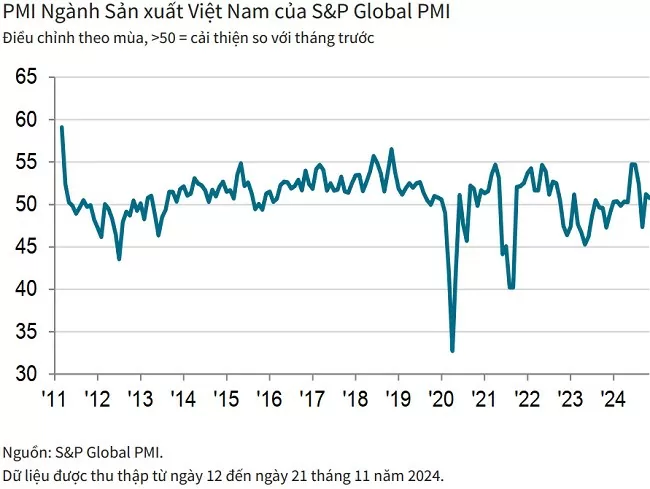 |
However, the November reading of 50.8 was down from 51.2 in October, indicating only “modest” strengthening in the health of the manufacturing sector, two months ahead of the Lunar New Year, according to S&P Global's monthly report.
Similar to overall business conditions, manufacturing output increased for the second consecutive month, but the rate of increase was slower than in October.
Some companies increased production to meet rising new orders, but others reported relatively weak demand, causing output growth to slow. This was due to weakening international demand.
In fact, new orders from abroad fell sharply after rising slightly in the previous month, and export activity fell at the sharpest pace since July 2023, the report said.
While output and new orders continued to rise, albeit at a weaker pace, employment fell for the second consecutive month in November. In some cases, firms have reduced staff numbers to help cut costs, making it difficult to fulfil orders on time.
Firms' efforts to control costs led to a slightly slower rate of increase in input prices in November, and the rate of increase was weaker than the average for 2024 so far. Where input prices rose, panelists attributed the rise to tight supplies and a weak currency.
Similarly, output prices rose only slightly in November, and the rate of price increase was almost on par with the previous month.
Surveyed firms reduced their purchasing activity for the second time in three months, following a slight increase in October. Reduced input purchases and problems with raw material deliveries caused inventories of purchased goods to fall again, and the rate of decline was significant.
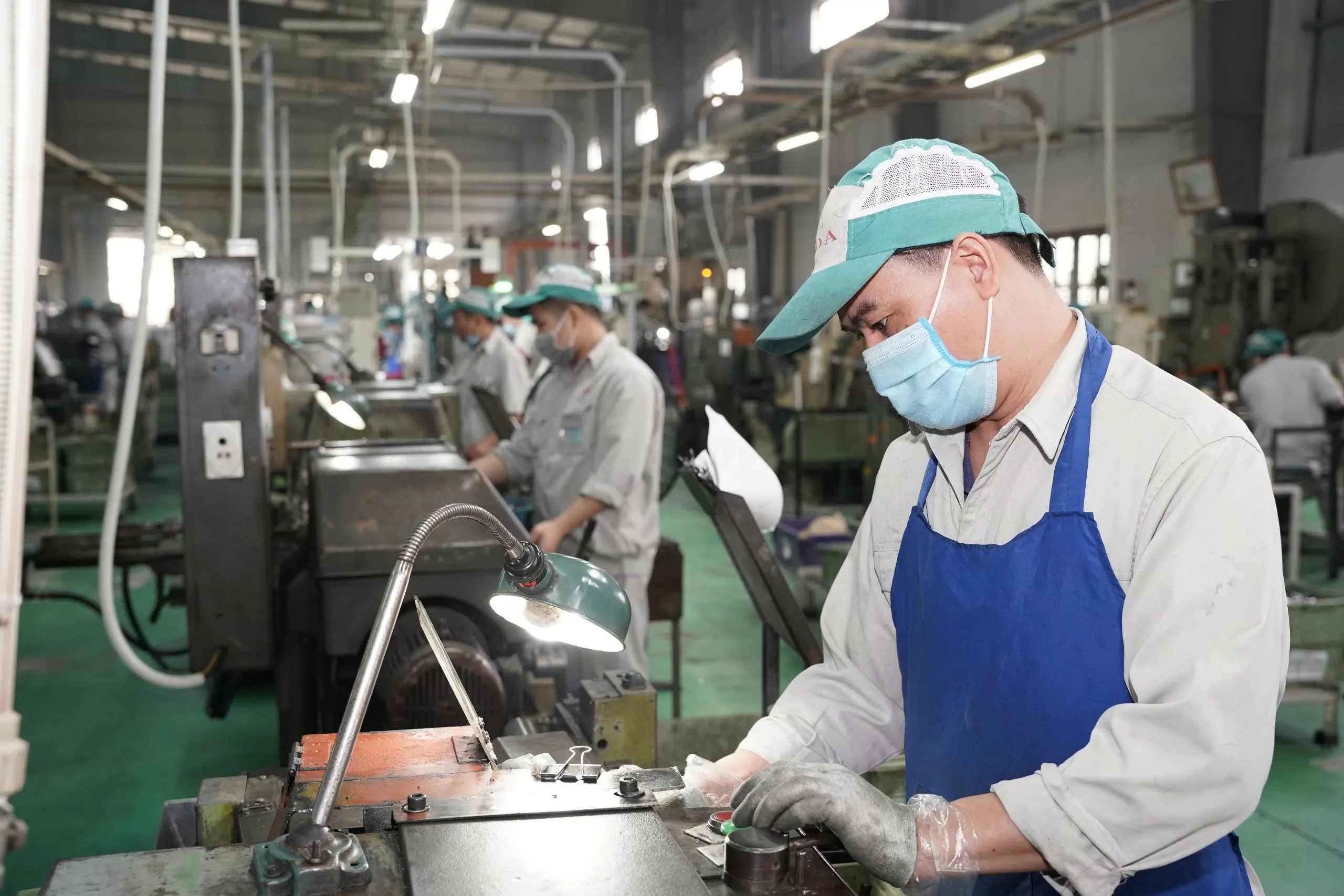 |
| Vietnam's manufacturing sector recorded growth for the second consecutive month. However, the growth rate slowed compared to the previous month. Photo: Can Dung |
Notably, business confidence fell for the second consecutive month, and to its lowest level since January. However, manufacturers remained optimistic that output would increase next year, with expectations related to new product launches and business expansion plans, plus rising new orders.
While Vietnam's manufacturing sector continued to grow in November, there was some disappointment as the pace of growth in output and new orders moderated slightly rather than continuing to gain momentum following the disruption caused by Typhoon Yagi in September, said Andrew Harker, chief economist at S&P Global Market Intelligence. To some extent, the slowdown reflected weakening international demand, with exports falling by the largest amount since July 2023. "Companies continued to be concerned about cost control, and this contributed to a reduction in employment, thereby limiting the ability of companies to complete orders on time. Hopefully, demand will strengthen in the coming months, thereby giving companies the confidence to increase capacity," said Andrew Harker.
Source: https://congthuong.vn/pmi-thang-11-dat-508-diem-nganh-san-xuat-viet-nam-cai-thien-thang-thu-2-lien-tiep-361986.html



![[Photo] Ready for the top competitions of Vietnamese table tennis](https://vphoto.vietnam.vn/thumb/1200x675/vietnam/resource/IMAGE/2025/5/18/9c547c497c5a4ade8f98c8e7d44f5a41)
![[Photo] Many young people patiently lined up under the hot sun to receive a special supplement from Nhan Dan Newspaper.](https://vphoto.vietnam.vn/thumb/1200x675/vietnam/resource/IMAGE/2025/5/18/6f19d322f9364f0ebb6fbfe9377842d3)
![[Photo] Party and State leaders attend the special art program "You are Ho Chi Minh"](https://vphoto.vietnam.vn/thumb/1200x675/vietnam/resource/IMAGE/2025/5/18/6895913f94fd4c51aa4564ab14c3f250)






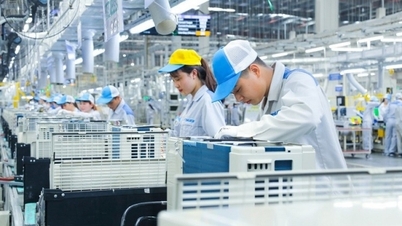







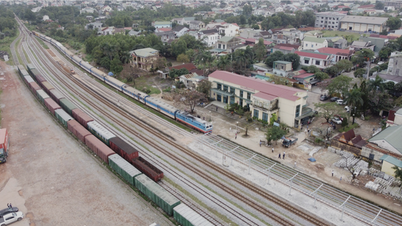






























































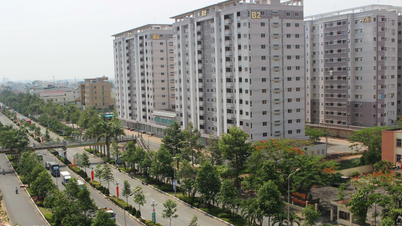

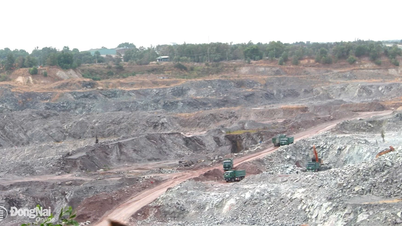













Comment (0)